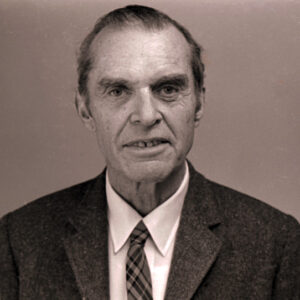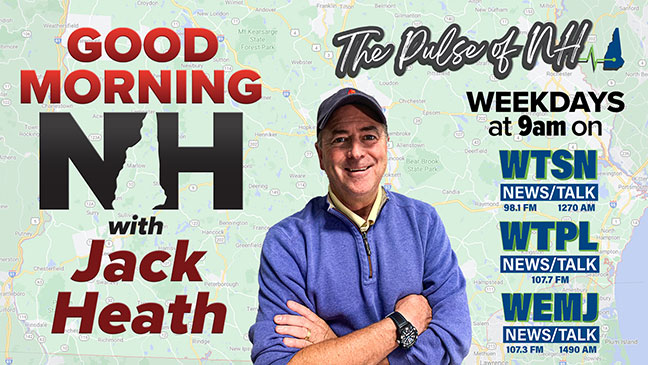He is dashingly handsome, dazzlingly sophisticated, and equally handy with firearms and female admirers. He prefers martinis and loves the latest gadgets.
He famously introduces himself by last name first. “Bond. James Bond.” And he has kept readers and moviegoers alike on the edge of their seats for nearly 75 years now.
Did you know there really was an actual James Bond? He never faced down an international villain, made women swoon, or escaped pursuing bad guys by firing up his jetpack. Nor did he have even a passing resemblance to Sean Connery, Roger Moore or Daniel Craig.
So, just who was the real James Bond? And how did he wind up becoming the namesake of the most famous secret agent in the world?
It was because the character’s creator, Ian Fleming, was in a bind.
The author had met some fascinating figures while serving in British naval intelligence during World War II. They were boldly cunning and undertook hush-hush operations at incredible personal risk. (Including Fleming’s own brother Peter, who was involved in behind-the-lines missions in Norway and Greece.)
So, Fleming rolled all of them into the character we now know as 007 when writing his 1953 novel “Casino Royale.” However, he ran into a Mount Everest-size mental block: What name to give the super spy?
While he had no trouble devising a host of colorful names for other characters over the years (remember Le Chiffre, Sir Hugo Drax, Dr. Julius No, and Pussy Galore?), the hero stumped him.
Each name he came up with fell flat. As Fleming remembered in a 1962 interview with The New Yorker, “I wanted Bond to be an extremely dull, uninteresting man to whom things happened.”
(James Bond, dull? He may be many things, but dull isn’t one of them.)
When Fleming couldn’t craft a name to his liking, he looked about for an actual one to borrow. And he found it in the most unlikeliest of places.
Fleming was living in Jamaica and was an avid birdwatcher. Thumbing through books on the topic one day, he came across a field guide bearing the lackluster title, “Birds of the West Indies,” written by — wait for it — James Bond.
“I thought, by God, it was the dullest name I ever heard,” Fleming said. “It struck me that this brief, unromantic, Anglo-Saxon, and yet very masculine name was just what I needed.”
And so the hero of countless adventures now had a name.
Just who was the real James Bond?
If the movie star adventurer ever had an exact opposite, it was his namesake. The actual James Bond was born into a prosperous Philadelphia family in 1900 and fell in love with natural history as a child. Educated at Cambridge, he returned home and spent three miserable years working at a bank before turning to his life’s passion.
Bond became a highly respected ornithologist, led dozens of bird-watching expeditions to the West Indies, and was an acknowledged expert on Caribbean birds.
While Fleming’s James Bond was a big hit in Europe, it took several years before the books caught on in the United States. In fact, the real James Bond didn’t learn about the fictional version until the early 1960s.
In 1964, Bond and his wife unexpectedly visited Ian Fleming in Jamaica. What could have been an awkward situation was immediately defused when the writer learned Bond thought it was a wonderful joke. Fleming later wrote to Bond’s wife, “I can only offer your James Bond unlimited use of the name Ian Fleming … perhaps one day he will discover some particularly horrible species of bird that he would like to christen in an insulting fashion.”
Fleming also gave Bond a first-edition copy of “You Only Live Twice,” which he inscribed, “To the real James Bond, from the thief of his identity.” It sold at auction for nearly $85,000 in 2008.
The bird-loving Bond died at age 89 in 1990. The ageless, timeless espionage agent is doing quite well in the 21st century, with plans in the works for “James Bond 26.” While we don’t know which actor will play the legendary figure in the coming movie, it’s likely there will be at least one vodka martini — shaken, not stirred.





